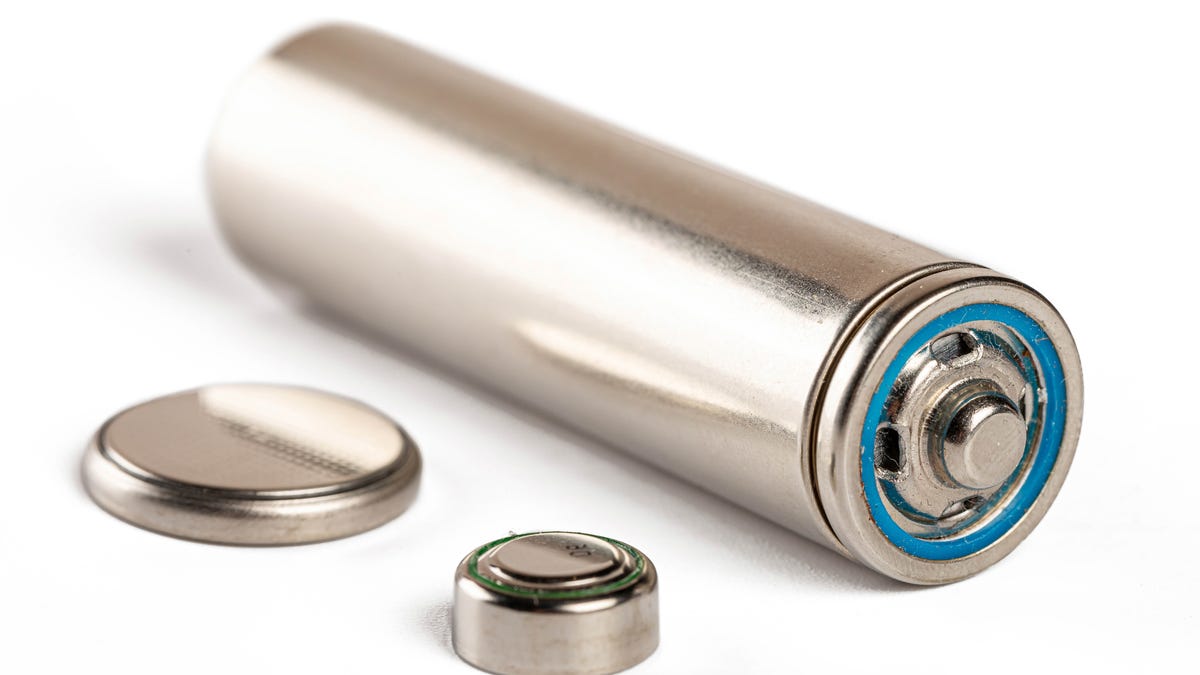Children Going to ER With Battery-Related Injuries on the Rise, Study Finds
Battery-related injuries more than doubled among US children in the last decade.

85% of the injuries were caused by small button batteries and lithium coin batteries.
Incidents of US children landing in the emergency room due to battery-related injuries more than doubled in the most recent decade, according to a report published Monday in the journal Pediatrics by a team of researchers from Safe Kids Worldwide and Nationwide Children's Hospital. Battery-related injuries specifically refer to children putting batteries in their mouths, noses and ears.
The majority (85%) of the injuries were caused by small button batteries and lithium ion batteries that are common in many US households to power electronic devices like TV remotes, watches, toys, small appliances, flashlights, thermometers and more. These batteries are very small and often easy to remove from the devices, which poses a risk to babies and toddlers.
The researchers analyzed data from 2010 through 2019, and found that every 75 minutes, children 18 years old or younger in the US go to emergency departments due to an injury caused by a battery. It also found that the majority of cases (84%) involved children aged 5 years or younger.
The data indicates that injuries are also increasing in severity, not just frequency: 12% of battery-related injuries resulted in immediate need for hospitalization, which was up 7% from 1990 through 2009.
"Unfortunately, past prevention efforts have yet to lead to significantly reduced injury rates," said Mark Chandler, lead author of the study and senior research associate with Safe Kids Worldwide. "Both regulatory efforts and increased public awareness of the hazards are needed. Until secure battery compartment designs and ultimately a safer button battery technology are widely adopted by industry, these injuries in children will continue."
The study found that 90% of battery-related ER visits involved ingested batteries (up from 77% for 1990 through 2009). According to Safe Kids Worldwide, swallowed batteries can potentially burn a child's esophagus, leading to serious injury or death.
Safe Kids Worldwide and safety advocates have led public information campaigns warning parents about the dangers of batteries and have shared tips to help reduce battery-related injuries, including stowing batteries in locked containers, and keeping button battery-controlled devices out of sight and reach of children.
Earlier this month, President Biden signed into law a bill, known as Reese's Law, that aims to strengthen safety standards for products that require button batteries. This law requires that products carry a warning label detailing the risks of batteries and recommending that batteries stay out of children's reach. The law was named in honor of Reese Hamsmith, an 18-month-old child who died in December 2020 after swallowing a button battery from a remote control.

